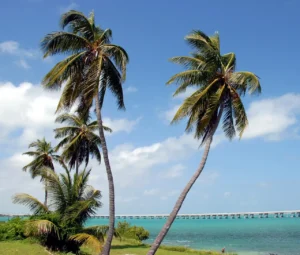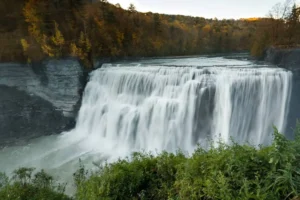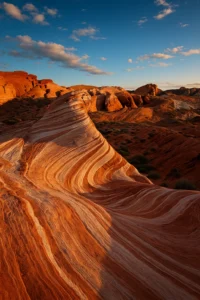History of
gilchrist blue springs
State park
History of the Park
This state park, also known as Ruth B. Kirby Gilchrist Blue Springs State Park (Gilchrist Blue Springs), is located in Gilchrist County, about 5 miles west of High Springs, FL, in the state’s north central region, along the Santa Fe River.
The park is located around 20 miles northwest of Gainesville and approximately 25 miles south of Lake City (see Vicinity Map). Highway 236 (also known as CR 340) and NE 80th St. provide access to the park (see Reference Map).
There are numerous excellent freshwater springs along the Suwanee and Santa Fe Rivers, and the park is located in an area that is well-known for its freshwater springs. Several important land and water resources that exist in the vicinity of the park are depicted on the Vicinity Map.
On June 14, 2017, the Florida Cabinet approved the acquisition of the Blue Springs parcel with funds from the Florida Forever Trust Fund, which was previously approved by the state legislature. After being legally bought on October 6, 2017, with funding from the Florida Forever Trust Fund, Ruth B. Kirby Gilchrist Blue Springs State Park was officially dedicated on October 30, 2017, becoming Florida’s 175th state park.
The park currently has a total land area of 402.42 acres. For the Internal Improvement Trust Fund (Trustees), fee simple ownership of the park has been transferred to them, and on January 3, 2018, the Trustees signed a 50-year lease with DRP (Lease Number 4814), which became effective on January 3, 2018. The existing lease will expire on January 2, 2068, and a new one will be signed.
Gilchrist Blue Springs State Park has been designated as a single-use facility to provide outdoor recreation and conservation opportunities for the general public. There are no statutory or executive directives that restrict the use of this property, and it is not subject to any restrictions.
Upon request to the Department of Environmental Protection, a legal description of the park land can be made available to interested parties.
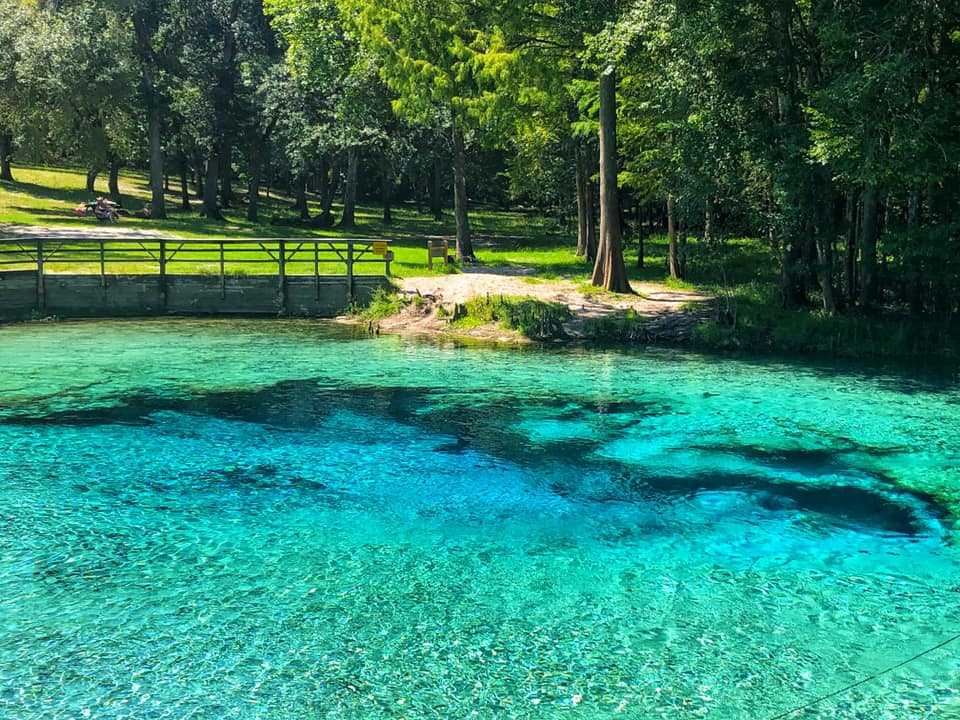
Gilchrist Blue Springs State Park's Mission
The goal of Gilchrist Blue Springs is to maintain the water quality of Gilchrist Blue Spring and the park’s other recognised springs, to restore and preserve one of Florida’s famous natural spring ecosystems, and to conserve these unique resources for future generations to enjoy.
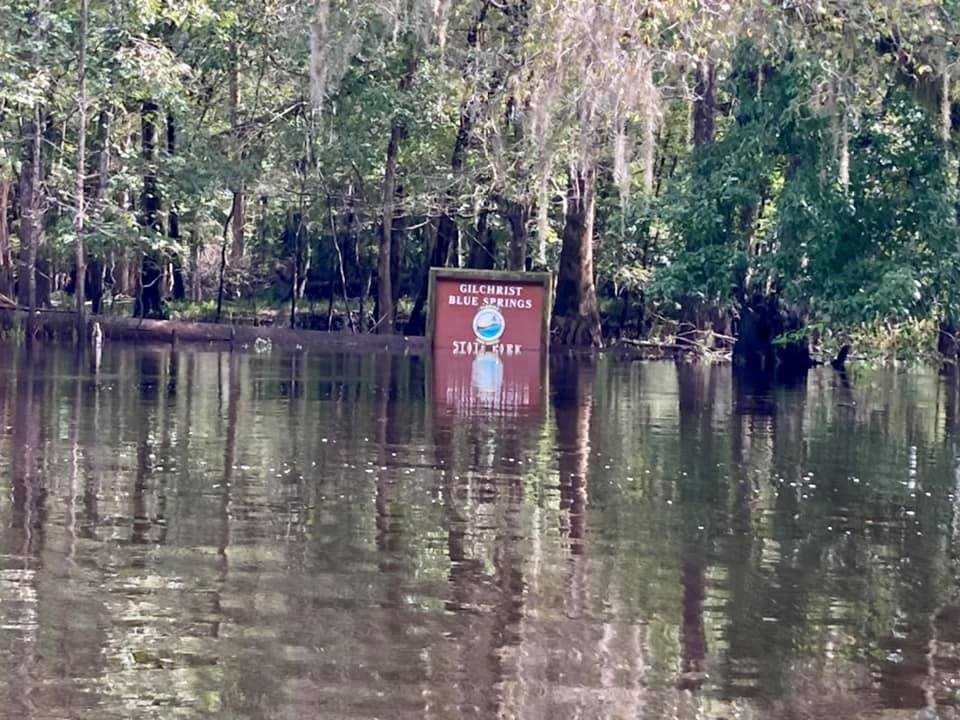
The Importance of Gilchrist Blue Springs State Park
The park safeguards a number of notable springs along the Santa Fe River, including two second magnitude fountains, Gilchrist Blue Spring and Naked Spring.
The Gilchrist Blue Spring run is over a quarter mile long and is one of the most important spring streams in the Santa Fe Basin. The Gilchrist Blue Spring and Naked Spring runs were well-known for their unique and extensive “underwater forest” of submerged aquatic flora. Gilchrist Blue Spring is well known for its exceptional water clarity and for supporting a diverse range of wildlife species such as turtles, fish, and crustaceans. Gilchrist Blue spring and spring-run provide critical habitat for a variety of freshwater turtle species, including the critically endangered Suwannee Alligator Snapping Turtle (Macrochelys suwanniensis).
The park protects 1.5 miles of the Santa Fe River’s shoreline and sustains a diverse range of natural plant communities that are unique to the Santa Fe River Basin and the region’s underlying karst terrain. Numerous limestone outcrops, sinkholes, and a huge wooded floodplain dominated by giant Bald cypress and swamp tupelo trees are among the features. The park also has about 200 acres of remnant sandhill, which can be identified by extensive patches of native groundcover, such as dispersed clumps of wiregrass (Aristida stricta var. beyrichiana), a sandhill groundcover plant.
Gilchrist Blue Springs State Park has long been a favourite neighbourhood hangout. The late Ed C. Wright, a prominent Florida businessman, gave Gilchrist Blue Spring to his longtime personal assistant and partner, Ruth B. Kirby. Ms. Kirby enjoyed visiting the springs and built a wooden boardwalk, diving platform, and water access in the late 1950s so that the public might enjoy them as much as she did. To help maintain the property, she levied a ten-cent admittance fee. In 1971, she persuaded her nephew, Harry Barr, to relocate his family to Blue Springs and assist her in running the park.
Ruth Kirby died in 1989 at the age of 78, and the Barr family has been responsible for the property’s unique and delicate resources for over 40 years.
Paddling and swimming in the park’s named spring and spring-run stream are still popular activities today. Camping, hiking, and picnicking are also available to park visitors. By preserving this high-quality example of traditional resource-based leisure, the park will continue to promote the sustainable use of one of Florida’s finest spring ecosystems. Paddling and swimming in the park’s named spring and spring-run stream are still popular activities today. Camping, hiking, and picnicking are also available to park visitors. By preserving this high-quality example of traditional resource-based leisure, the park will continue to promote the sustainable use of one of Florida’s finest spring ecosystems.
Gilchrist Blue Springs State Park according to the DRP’s unit classification system. A balance is sought in the management of a state park between the goals of preserving and improving natural conditions and providing a variety of recreational possibilities. Natural resource management operations are concerned with the administration of natural systems. The park’s development is focused on enabling public access to and within the park, as well as offering recreational facilities that are both convenient and safe. The programme focuses on interpretation of the park’s natural, aesthetic, and educational features.
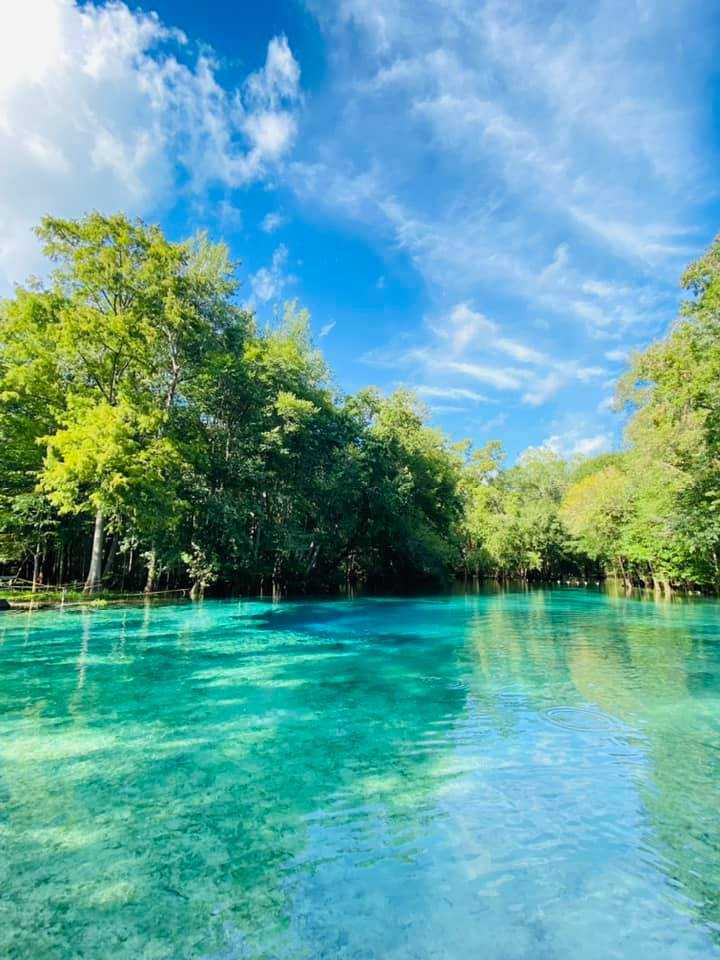
Subscribe today
For more updates for Gilchrist Blue Springs

